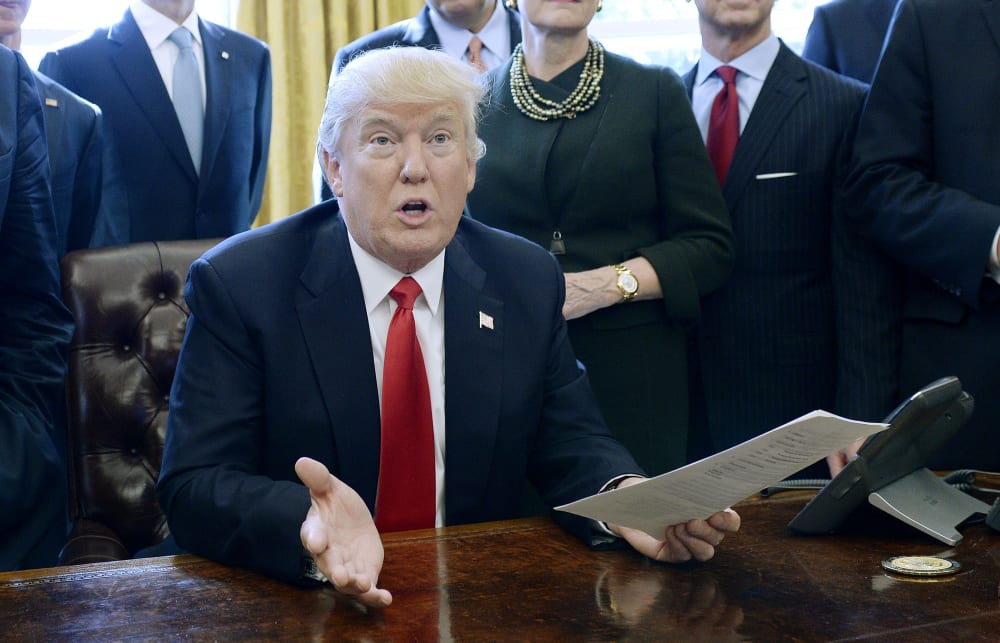The state of possible talks between Donald Trump and North Korea’s Kim Jong-un is difficult to discern, at least for now. The June 12 summit was scheduled to happen, until the American president canceled the meeting in an oddly worded letter to the North Korean dictator last week.
The New York Times published a report over the holiday weekend noting that the discussion may yet happen, though it quoted a senior White House official voicing skepticism. As far as Trump is concerned, that official and his comments were made up.
“The Failing @nytimes quotes ‘a senior White House official,’ who doesn’t exist, as saying ‘even if the meeting were reinstated, holding it on June 12 would be impossible, given the lack of time and the amount of planning needed.’ WRONG AGAIN! Use real people, not phony sources.”
As it happens, Trump was ridiculously wrong. His own White House team organized a briefing for reporters last week, and the Times‘ article quoted one of the president’s aides. Even for Trump, this was bizarre: he was effectively telling the world that a member of his National Security Council, who spoke to journalists about a major issue, was a figment of the media’s imagination.
There’s audio proof of the briefing that the president believes did not occur.
This was hardly the first time Trump accused major news organizations of fabricating sources for important stories — he’s raised this accusation many, many times — but what fascinates me is why he thinks this way. I care less about the president’s false accusations and more about the thought process that leads Trump to believe professional journalists routinely quote imagined people.
My hunch is, he thinks this way because he routinely quotes imagined people.
A couple of weeks ago, for example, Trump delivered remarks in which he falsely claimed that construction is underway on his border wall, and he went into quite a bit of detail about the behind-the-scenes discussions he participated in about the project. From the transcript of his speech:
“We’re going to build the wall. You know, we’ve already started. We got $1.6 billion. We’re fixing a lot of it. We’re — in San Diego, so here’s what — here’s a case study. San Diego wants the wall. And I said to my people, ‘Here’s the bad news. If we give them the wall, we don’t have an advocate. If we don’t give them the wall they’re going to be putting a lot of pressure on Governor Moonbeam in California, right?’ But you know what I did? Something I would normally not do, which means in life I’m getting nicer as I get older. I said, ‘Let’s build the wall for San Diego.’ So we’re building them the wall. I shouldn’t have done it.












